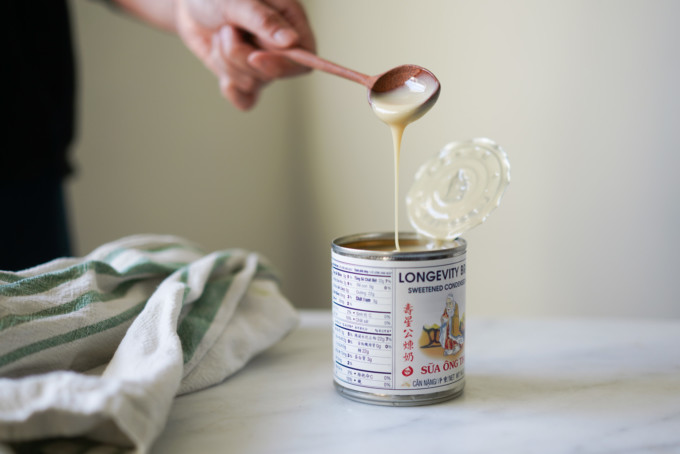What Does Condensed Milk Taste Like: Unveiling Its Flavor and Culinary Uses
Condensed milk is a versatile ingredient commonly used in various cuisines around the world. Its distinct taste and creamy texture make it a popular choice in desserts, beverages, and even savory dishes. In this article, we will explore the flavor profile of condensed milk, its culinary uses, and how it can enhance your favorite recipes.

Sweetened condensed milk
1. The Sweetness:
Condensed milk is renowned for its intense sweetness.
It offers a rich, sugary flavor that can be compared to caramelized sugar or toffee.
This sweetness is a result of the milk's natural sugars being concentrated during the condensation process.
The level of sweetness can vary between different brands and recipes, but overall, it provides a delightful sugary taste.
2. Creamy and Velvety Texture:
Apart from its sweetness, condensed milk boasts a creamy and velvety texture.
When poured, it flows smoothly, and when mixed with other ingredients, it adds a luscious creaminess to dishes.
This texture is especially prominent in desserts like custards, ice creams, and fudge.
3. Caramelized Notes:
The condensation process of milk gives condensed milk a hint of caramelization.
This adds depth and complexity to its flavor profile.
The caramelized notes contribute to a slightly nutty and toasted taste, enhancing the overall experience of consuming condensed milk-based treats.
4. Versatile Culinary Uses:
Condensed milk can be used in a wide range of culinary creations.
Its sweet and creamy nature makes it a staple ingredient in many desserts.
It is commonly found in recipes for flans, pies, puddings, and truffles.
Additionally, condensed milk is a key component in traditional Vietnamese coffee and Thai iced tea, adding a unique flavor to these popular beverages.

Condensed milk
5. Substitutes and Alternatives:
If you're looking for alternatives to condensed milk, there are a few options available.
Evaporated milk, for instance, can be used as a substitute in recipes that require the creamy texture of condensed milk without the sweetness.
Other alternatives include coconut cream or coconut milk for a dairy-free option or sweetened condensed coconut milk for a vegan alternative.
6. Nutritional Considerations:
While condensed milk provides a rich and indulgent taste, it is important to note its nutritional aspects.
Due to its high sugar content, it is considered a high-calorie ingredient.
Moderation is key when consuming dishes made with condensed milk to maintain a balanced diet.
There are also low-fat and reduced-sugar varieties available in the market for those who prefer a lighter option.
Condensed milk's distinct taste, sweetness, and creamy texture make it a beloved ingredient in numerous recipes worldwide. Its unique flavor profile, reminiscent of caramelized sugar, adds a delightful touch to desserts and beverages. By understanding the characteristics of condensed milk, you can explore its versatile culinary uses and create delectable treats for yourself and your loved ones. So go ahead, unleash your creativity, and embrace the wonders of condensed milk in your next culinary adventure!